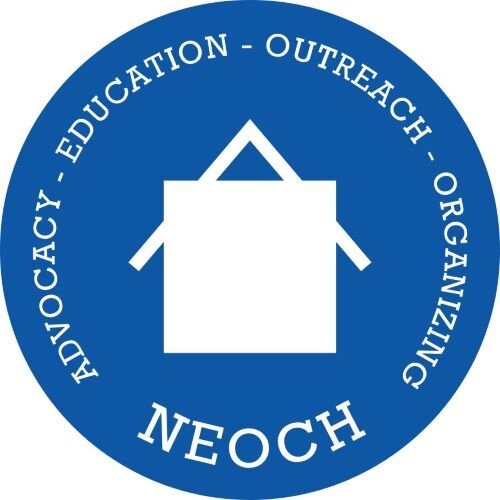Editorial: Women’s Shelter Need Immediate Reform
by Editors
The Grapevine has tracked the difficulty that women and families in need of shelter have experienced over the past four years. From deplorable conditions in a garage to everyone being crammed into a gymnasium, homeless women have faced depressing and disruptive obstacles to stability. The physical condition of the shelter has improved over the past year and a half, but the treatment of women has plummeted.
Over the past year, there were many stories in the Grapevine both from women who stay in the shelters and reporters about the current shelter operations. The Northeast Ohio Coalition for the Homeless Board of Trustees wrote in opposition to a mental health program (Mental Health Services) taking control of the shelter operations in 2004. All of this attention in the Grapevine has led to NEOCH staff being banned from the facility. In fact, NEOCH’s Director and a Grapevine editor were threatened with arrest by the police officer at the shelter.
In a July 2005 meeting of the Office of Homeless Services, the Advisory Board was presented with an “investigation” by staff of the Office concerning the allegations made by the Coalition. Not one homeless person was interviewed and the opinions of the people actually using the service were not taken into account. Instead they only asked shelter and MHS staff about these concerns. It was similar to looking into the Enron scandal by only asking Enron employees if they were all being honest with the books. The problems of the women shelter were relegated to the last 15 minutes of the meeting. The Board actually spent the same amount of time giving flowers to two departing members of this so-called “advisory” board.
Addressing the treatment of the women at the two family shelters seemed almost to be an afterthought. They seemed so hesitant to address this issue that one member attacked Brian Davis as a “dictator” for attempting to “bully” the rest of the board into a response. There was no reckoning of the fact that the shelter has refused to respond to signed complaints from women. The question of the morality of banning advocates from the shelters by MHS senior staff was also not addressed.
The problem is that this facility has had such a checkered past that any improvement is seen as a victory. While the physical facility is better, based on the information that has appeared in this paper, we are not so sure that it is any better for the women. The main issue is that the fear factor within the shelter is still not taken into account. Women are afraid that they will be kicked out or punished at the facility for speaking out about the deplorable treatment they receive. We have seen families be threatened by staff that the County child abuse hotline will be called on them if the mother does not accept a transfer to a “more appropriate” facility. It has gone to the point that current residents are afraid to talk about the problems because they are afraid that it will get back to staff and they will be kicked out.
One root cause of these problems is that the shelter makes rules to accommodate staff, not the residents. If the facility is not appropriate for children and 1/4 of the people showing up are under 17, then make the facility appropriate. If security is an issue, don’t violate the privacy of every single resident, but figure out a strategy to address the problem. If curfew is an issue then figure out a way to address that problem in a reasonable and humane fashion, not by forcing the women to sit up in the cafeteria all night. If women congregating outside are a problem, then set up an alternative place to gather. Don’t put a bench in the hot sun so that it is nearly impossible to sit outside during the summer. Women and children should not be treated like criminals just because they are poor and cannot afford housing.
The solution is to pass a shelter standard law as the District of Columbia recently approved. This would protect the privacy of women and would make sure that families are not split up when they become homeless. This would make it law that homeless families cannot be evicted from a shelter to the streets as happens on a regular basis today. At this time we have shelter recommendations, no standards that are currently enforceable by any entity in the community.
We also see a need for another agency to step in and co-administer the shelter. There should be a staff person present who could act as real client advocate for the individuals to help eliminate the fear from the shelter. It is nearly impossible to move to stability in an environment of fear and intimidation. The community needs to demand better, and assure that homeless women are not treated with such disrespect. Just because the facility looks better on the surface, advocates cannot just sit on the sidelines and rest on their laurels based on the notion that, “At least it is better than five years ago.”
Copyright Homeless Grapevine Issue 72 August 2005 Cleveland, Ohio.
